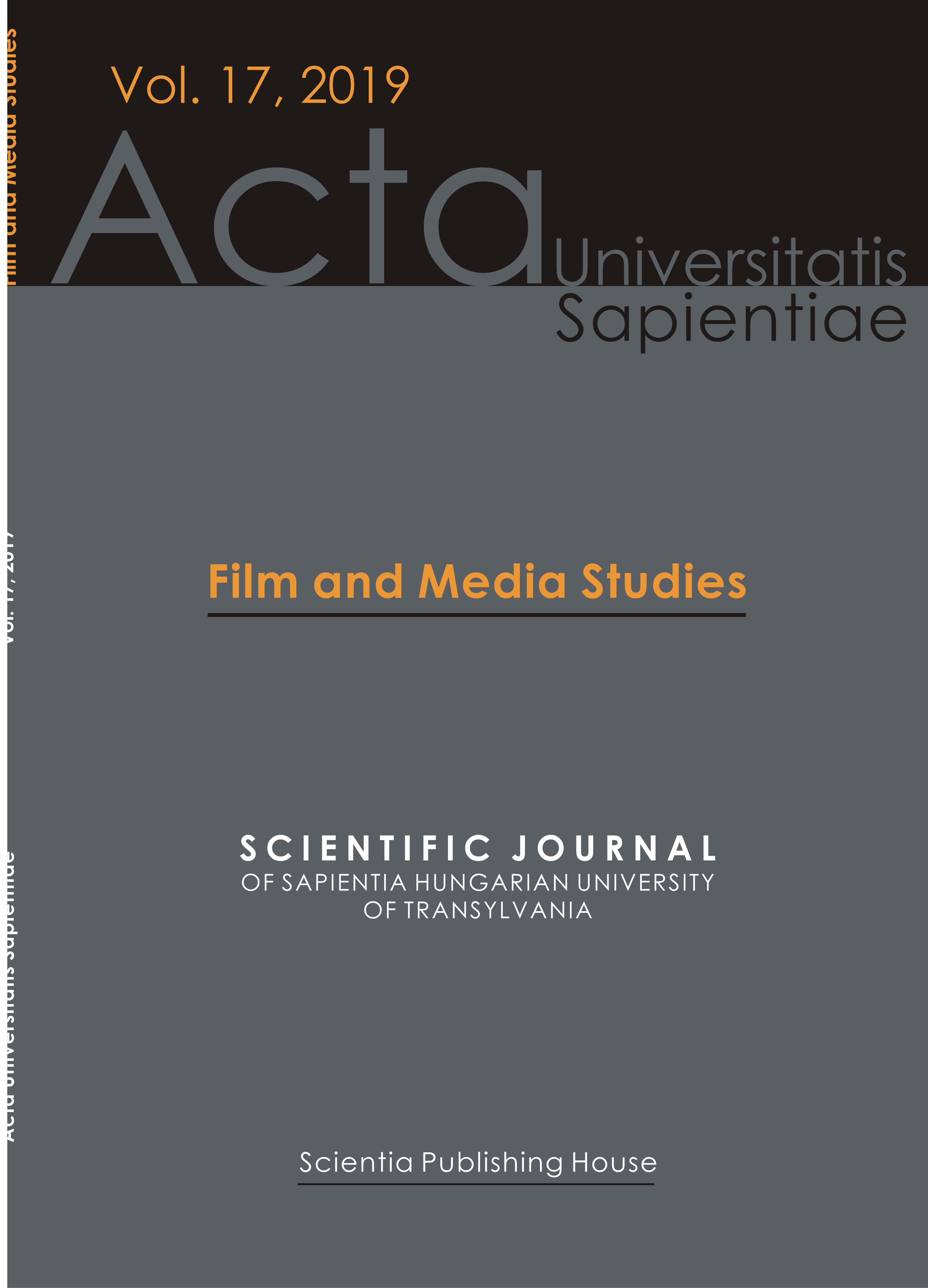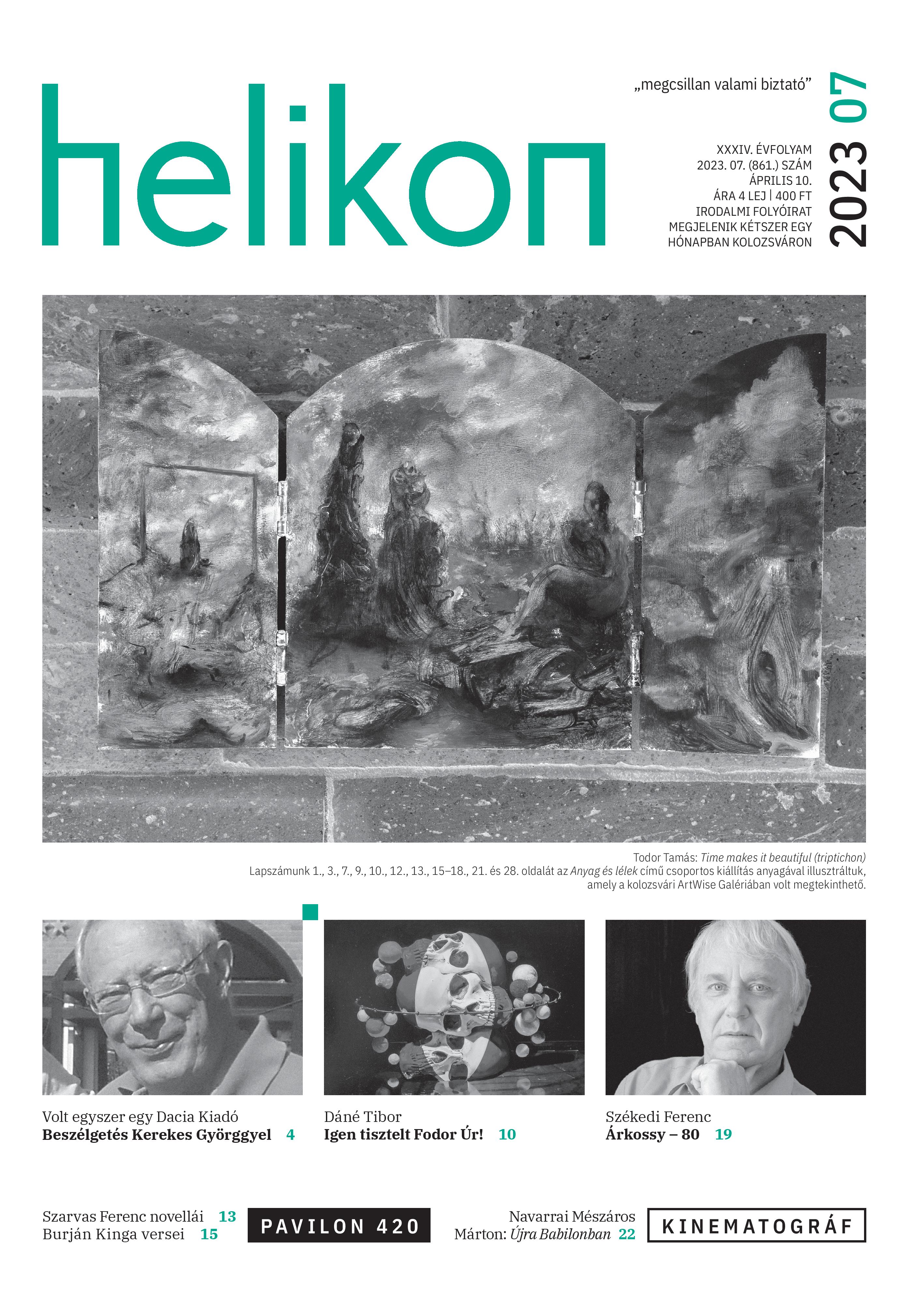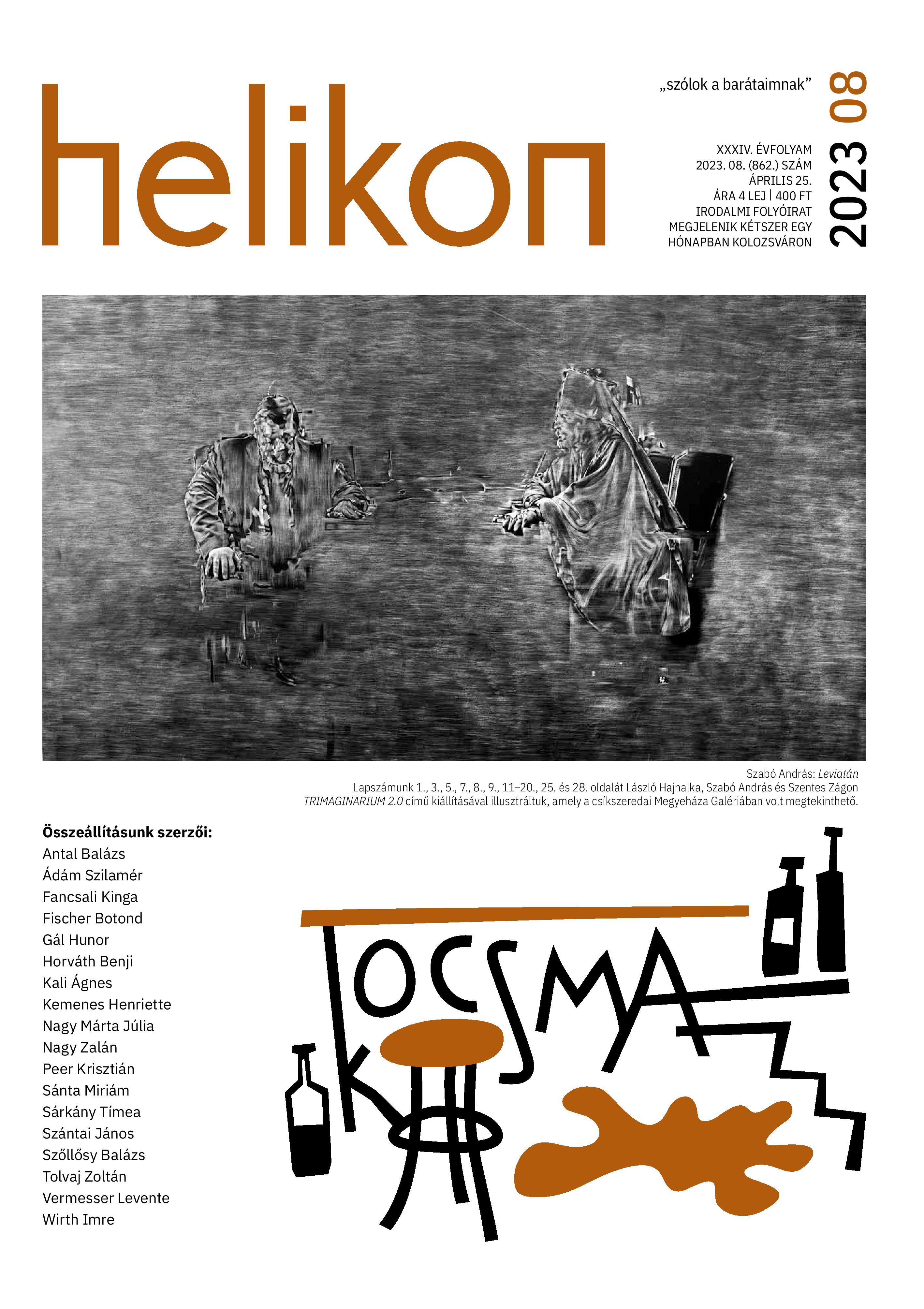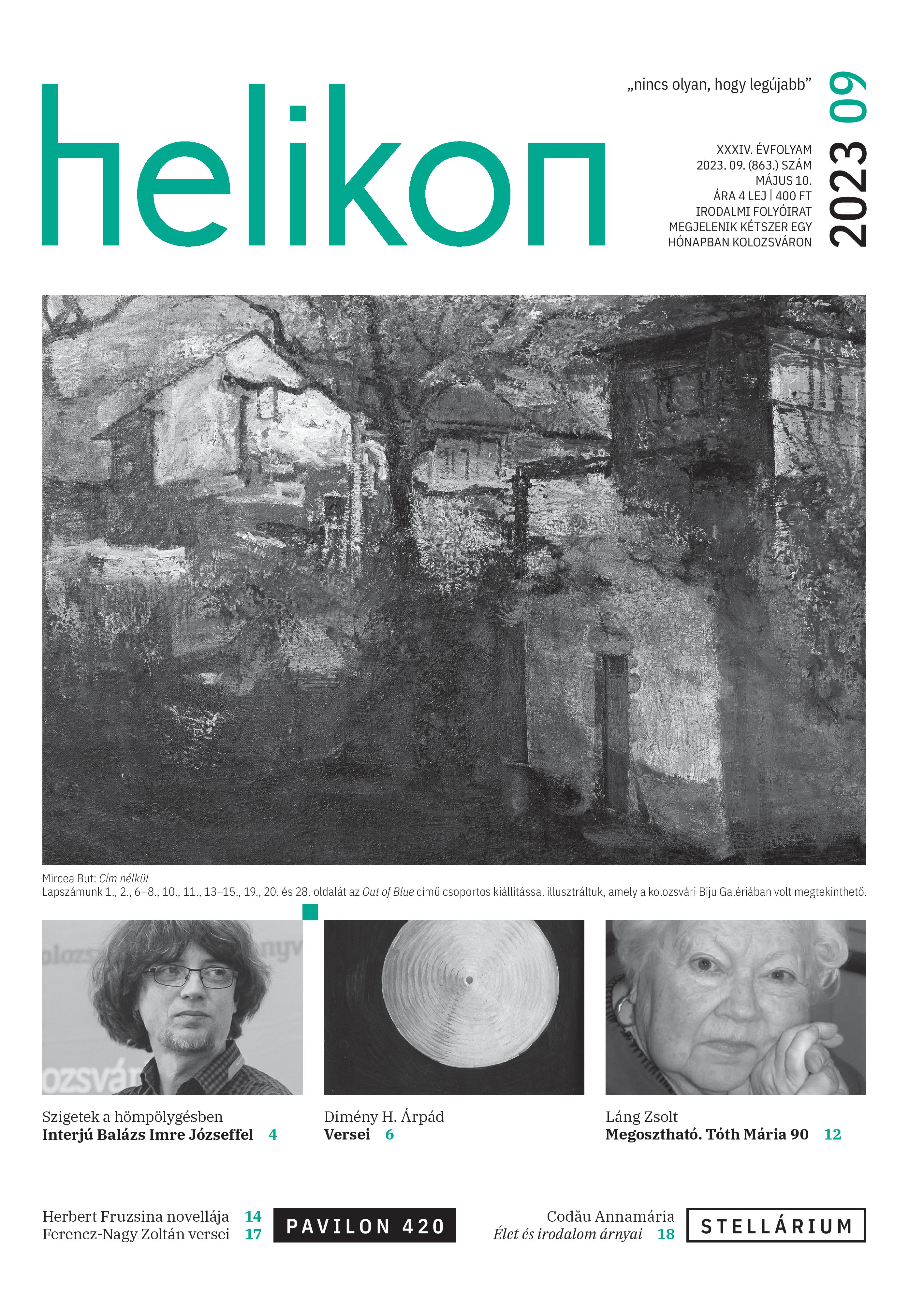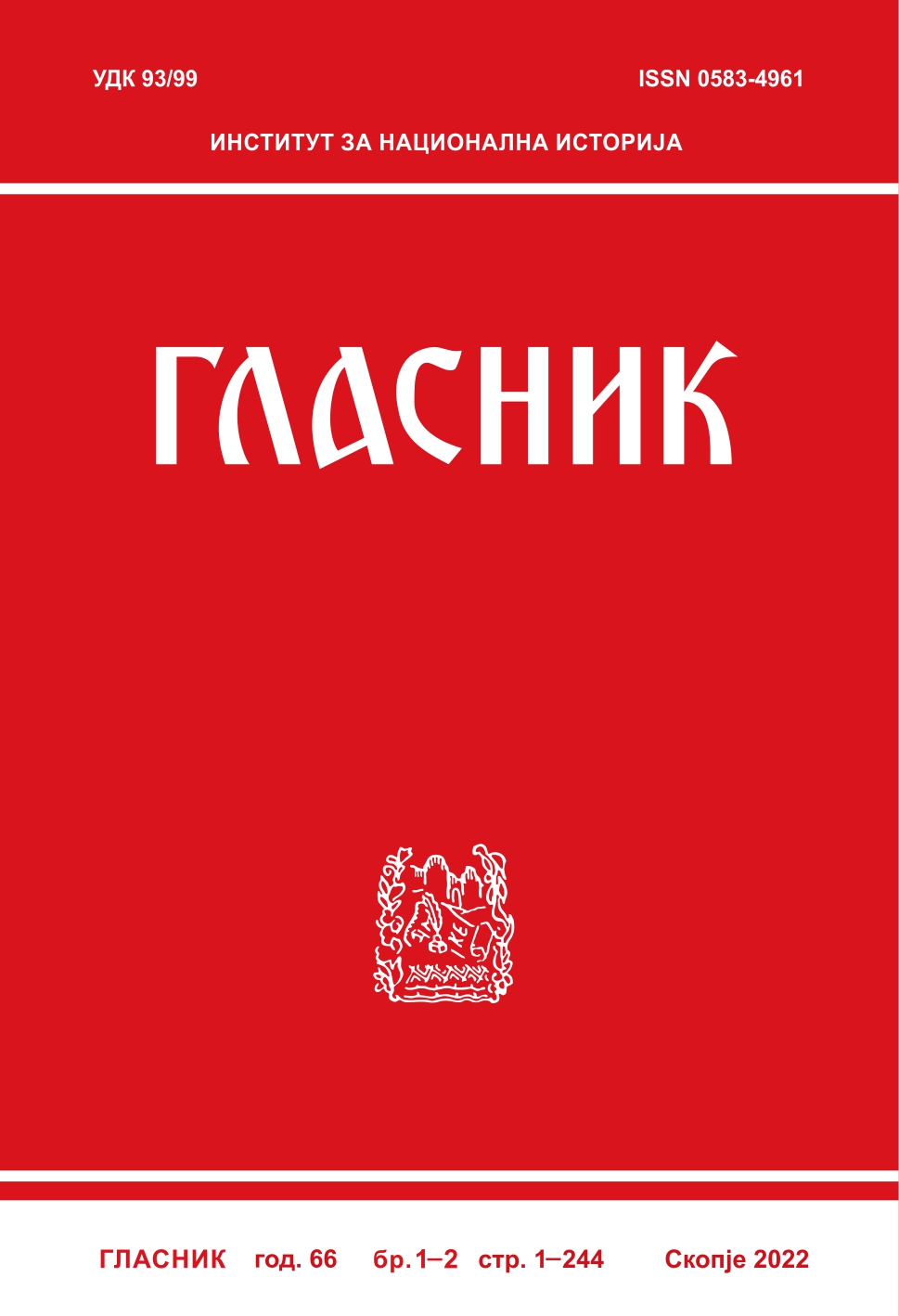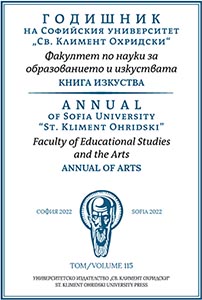The Polyphony of Memory in Two Hungarian Documentary Films
Author(s): Réka Sárközy / Language(s): English
Issue: 17/2019
The essay intends analyzes the representation of polyphonic memory in two groundbreaking Hungarian documentary films, made thirty years apart: János and Gyula Gulyás’s I was at the Isonzo, too (Én is jártam Isonzónál, 1984–87) and Bálint Révész’s Granny Project (Nagyi projekt, 2017). The earlier film was made in the nineteen eighties, under the state-socialist system when doing memory work of both World Wars was limited, if not forbidden. The second film was made recently, in 2017. They differ from each other in many ways, but instinctively they chose the same solution for representing and working out traumas: through transnational dialogue. They focus on traumatic experiences of the past, changing national, so-called monologic memory into a broad perspective, putting Aleida Assmann’s (2005) theory of dialogic memory into practice. Saul Friedlander distinguished two strata of memory. According to him, the human subject owns a hidden, deep memory, and a common one, which gets to the surface (Friedländer 1992, 41). Documentary films are ideal mediums to make deep memory visible, and the analyzed films are good examples of that effort. Jill Bennett calls attention to the importance of representing sense-memory in visual arts, a concept exemplified by both of the films analyze here. These two works also prove that memory work can be accomplished beyond the threshold of two-generation gap (as described by Jan Assmann 1999), up to the very end of human life.
More...
